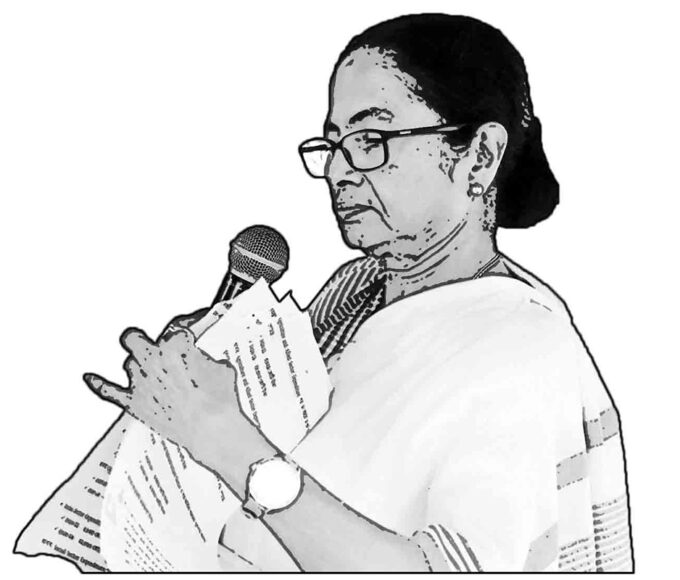CORONA is having a viral impact on the financial health of the states. If the Covid-19 crisis persists, State Chief Ministers are at a loss as how to manage the fallout. Revenue from GST, energy sector, liquor, construction, housing and transport has dipped phenomenally. Furthermore, the states have to tackle Covid-19 but don’t have the required PPE, testing kits, hospitals and treatment facilities. Rural India is really at peril. The states have budgeted a consolidated fiscal deficit target of 2.6 per cent of GDP in the financial year ending March but that was in December.
The outstanding debt of states has risen over the last five years to 25 per cent of GDP, posing medium-term challenges to its sustainability, according to an RBI study.
India’s gross general government debt–including federal and states’ borrowings–stood at 69 per cent of GDP, higher than China’s 55.6 per cent, according to the International Monetary Fund. After Covid-19, a shift is projected from sectors like housing and urban development and expenditure on social security and welfare to expenditure on education, health and family welfare. The focus on health programmes will put a drastic dent in the overall financial planning of the states. The paradox is that even the central government does not have a plan for financially stressed states such as Punjab, Andhra Pradesh, Rajasthan, Telengana and Uttarakhand. Covid-19 will “constrain states’ ability to service their rising debt burdens and address spending needs, especially for states with debt burdens above 200 per cent and debt service over 30 per cent of operating revenue, such as Haryana, Punjab, Kerala and West Bengal,” Moody’s said in a report. No doubt, Covid-19 will fade away slowly but Indian states will never ever forget the unseen robbery by a virus
































































